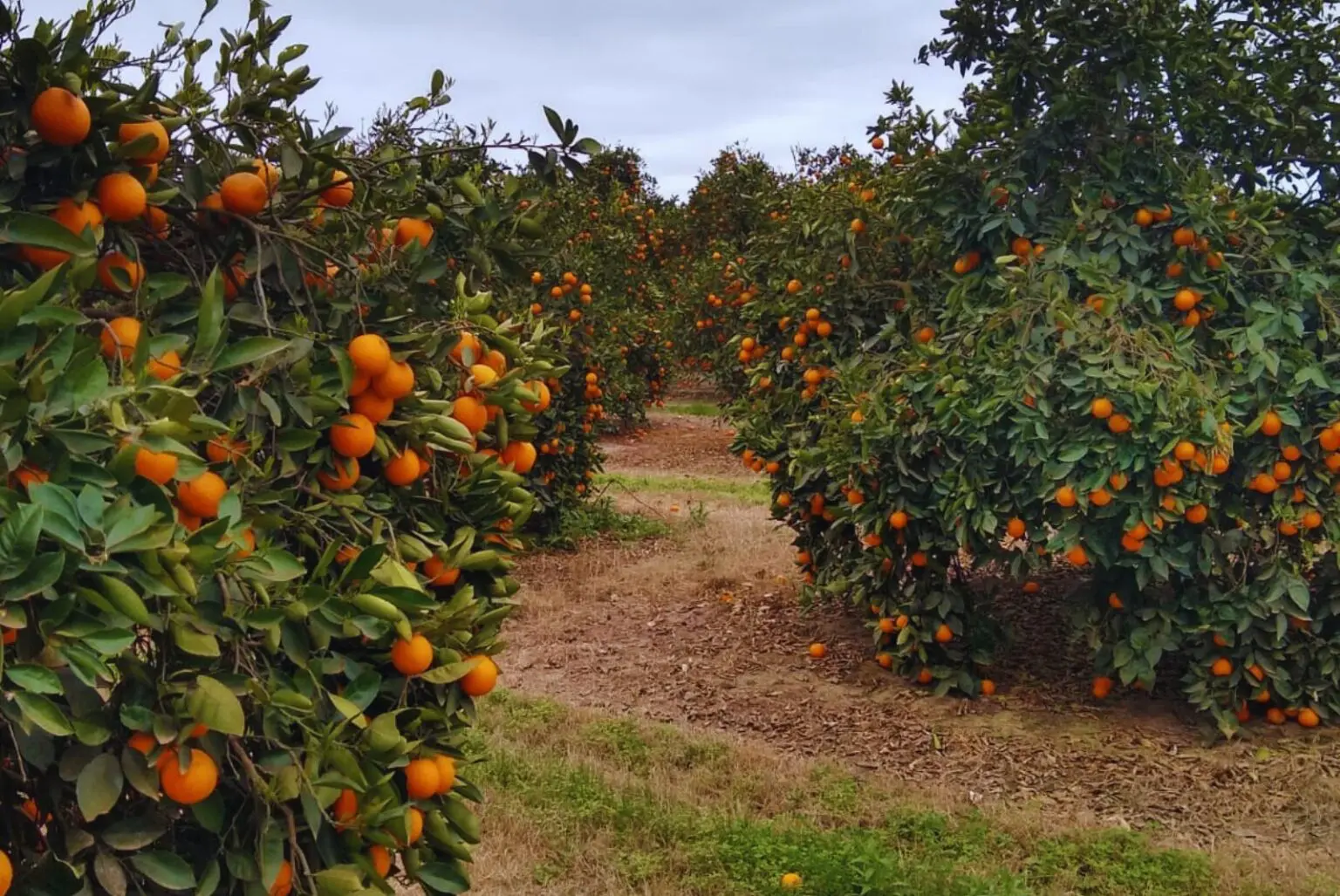Around 60% of the citrus productivity depends on pollination. Experts have verified the crucial role of honeybees, native bees, and other insects in the production of lemons, mandarins, oranges, and grapefruits in the provinces of Tucumán, Catamarca, Entre Ríos, and Salta.
The work, published in the scientific journal Scientific Reports, highlights the relevance of animal pollination in the performance, profitability, and productive and economic stability of the main citrus crops in the country.
### Role of Pollinators in Citrus Crops
Bees, bumblebees, butterflies, and hummingbirds are some of the diverse pollinating insects that play an essential role in food production. By feeding on nectar and pollen from flowers, they transfer them from one to another, facilitating their reproduction and fruit formation.
A recent study by the research team from Conicet, INTA, and the National Universities of Tucumán and Catamarca once again confirmed the importance of pollinators in agricultural landscapes.
According to researcher Pablo Cavigliasso from INTA Marcos Juárez – Córdoba, “the honeybee (Apis mellifera) is the most common species in citrus flowers in Argentina, followed by other native species such as bumblebees of the genus Bombus and species of the Halictidae family.”
The specialist also stated that, after analyzing various citrus productions in Tucumán, Catamarca, Entre Ríos, and Salta, it was concluded that “approximately 60% of the total yield of crops such as lemons, mandarins, oranges, and grapefruits depends on pollination, highlighting the importance of the latter in the performance, profitability, and productive and economic stability of the main citrus crops in Argentina.”

The study, carried out by a research team from Conicet, INTA, and the National University of Tucumán, was recently published in the scientific journal Scientific Reports.
The results, obtained through an approach that combines field data with Bayesian models and computational simulations, project that animal pollination contributes 36 tons of lemons, 10.5 tons of grapefruits, 10 tons of oranges, and 5.9 tons of mandarins per hectare in production, representing more than half of the total annual production in each of the evaluated crops.
### Study Contributors
The study involved Marcos Monasterolo, a researcher from Conicet-University of Catamarca, Andrés Ramírez-Mejía and Natacha P. Chacoff – specialists from Conicet-University of Tucumán – together with Pablo Cavigliasso, a researcher from INTA Marcos Juárez, Córdoba, and Pablo Schliserman from CREAS Catamarca.
Additionally, two students who developed their theses participated: Valentina Chavanne and Claudia Carro from the National University of Tucumán.
### What is Pollination and What Does it Consist of?
Pollination is the process that occurs from when the pollen leaves the stamen where it has been generated until it reaches the pistil where it will germinate, a journey that will allow the emergence of new fruits and seeds.
Who are the pollinators? They are small birds, bats, and insects that move from one plant to another in search of protein-rich pollen. Among the most important pollinators are insects such as wasps, bees, moths, beetles, and butterflies, but also other animals such as bats, hummingbirds, opossums, geckos, and lemurs.
[¿Ya conoces nuestro canal de YouTube? ¡Suscríbete!](https://www.youtube.com/channel/UCrYLIWysAyv4m833zGAQ02g)

